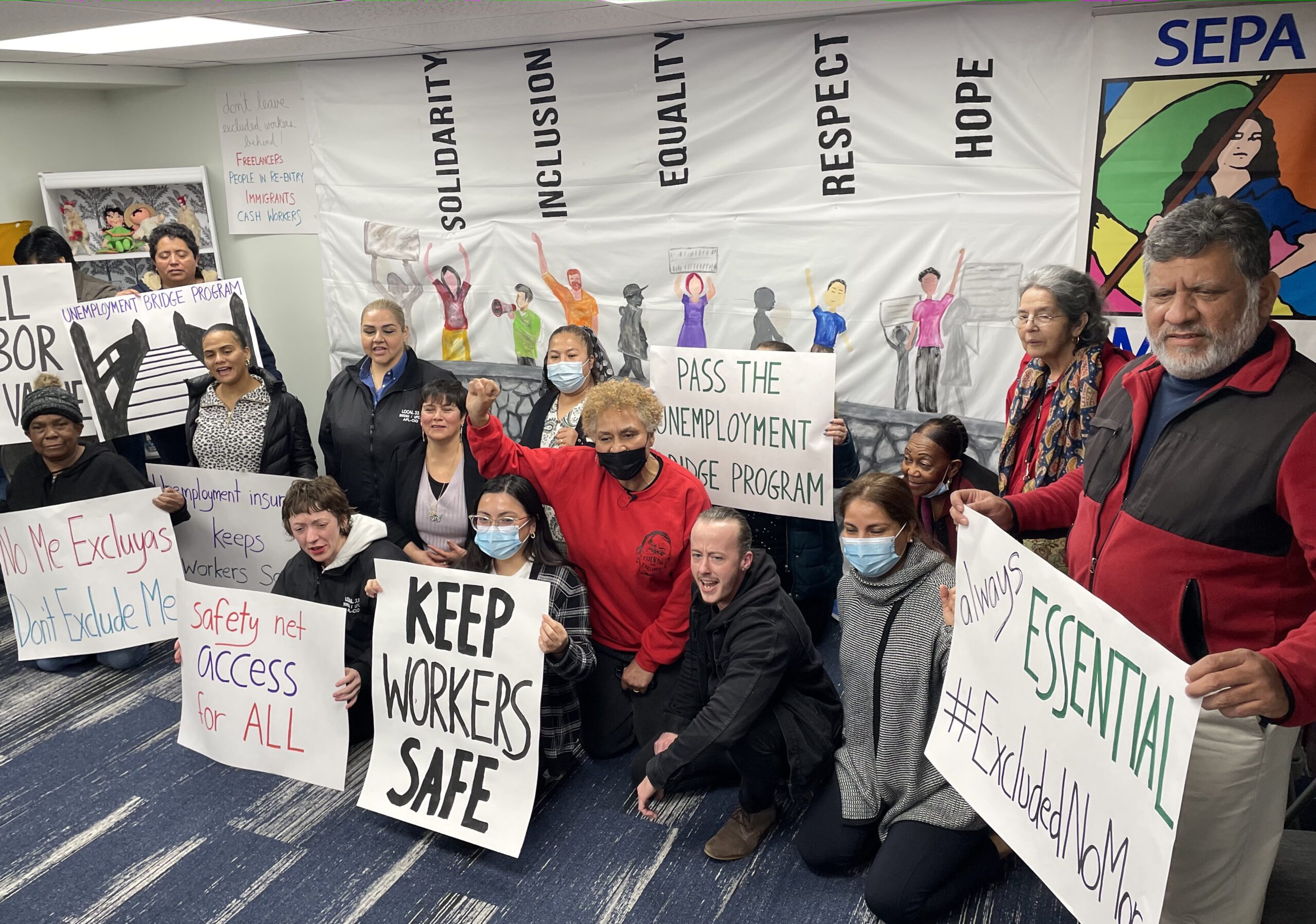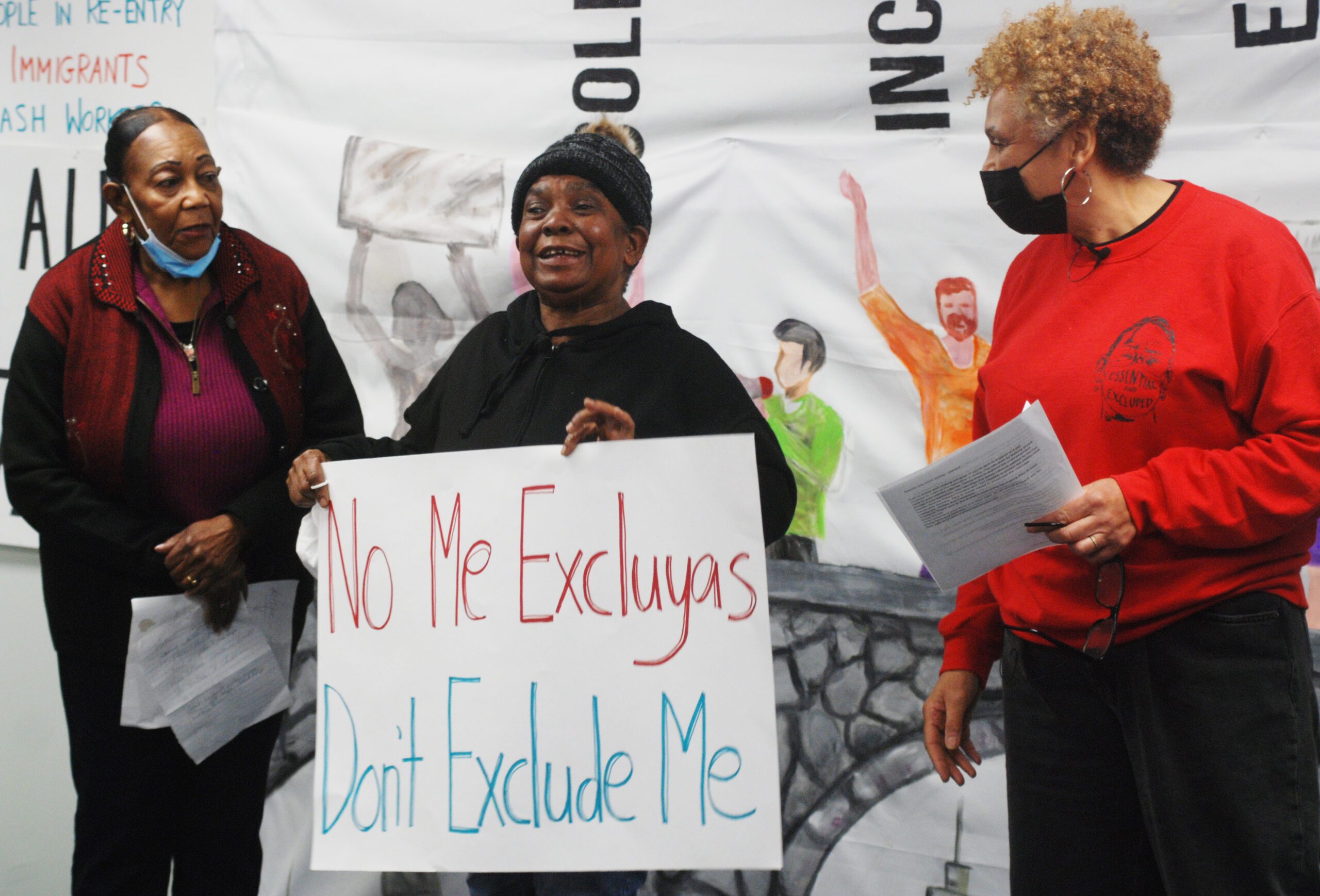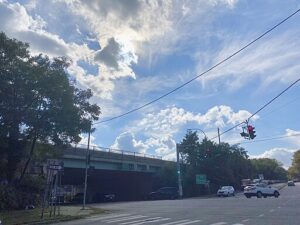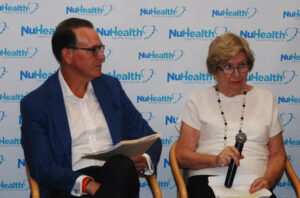By Fatima Moien
Olga Blandon, 50, emigrated from Nicaragua to Long Island a month ago after losing her husband, age 60, to Covid-19 in December 2021. With no work to be had in her home country, she was desperate. She worked one 12-hour shift at a factory in Far Rockaway wrapping various goods in plastic, with hardly a lunch break.
The next day, when Blandon went to present her work papers, she was let go, without explanation — and without pay for the labor that she performed, she said in Spanish during an interview. Now Blandon is unemployed and seeking work with help from the Hempstead-based nonprofit Workplace Project, but she has yet to secure a job.
Forced to grieve her hardships far from her family in Nicaragua, Blandon is one of many workers who are speaking up to implore New York State to pass the Unemployment Bridge Program, which, as proposed, would provide up to $500 million in unemployment benefits to excluded workers in its first year. Undocumented immigrants, freelance and cash workers, and the recently incarcerated would be among those eligible for the program.
Blandon appeared Tuesday at a news conference at SEPA Mujer, a women’s organization in Patchogue that is part of the #FundExcludedWorkers Coalition. The SEPA Mujer event was one of several in a statewide campaign to call on Gov. Kathy Hochul and state legislators to “permanently repair the holes in our unemployment social safety net” by including those traditionally excluded from it.

Diane Cantave, an organizer with Long Island Jobs with Justice, led the news conference to give excluded workers a platform to speak out and tell their stories. “While living in the shadows,” Cantave said, “excluded workers kept New York running [during the coronavirus pandemic], regardless of the risks to their well-being and that of their families. It’s time to update our unemployment benefits to include all workers.”
A report from the Immigration Research Initiative last Thursday estimated that 750,000 workers across New York would be eligible for the new unemployment program, including 180,000 self-employed and freelance workers.
In 2021, New York established a $2.1 billion fund to provide unemployment benefits to excluded workers. It began accepting applications in August 2021. Within the first month, the state received 90,000, according to the New York Department of Labor.
Some 130,000 New York residents, including 15,500 on Long Island, received benefits through the fund, which is no longer accepting applications. To qualify for EWF benefits, applicants had to verify identity and residence. Tier 1 qualifiers received $15,600, and Tier 2 qualifiers, $3,200. Nearly all approved applicants received the maximum benefit, which was distributed in a one-time payment on a prepaid card, according to the DOL.
“While living in the shadows, excluded workers kept New York running [during the coronavirus pandemic], regardless of the risks to their well-being and that of their families. It’s time to update our unemployment benefits to include all workers.”
Dian Cantave, Organizer, Long Island Jobs with Justice
Now advocates are pushing for further reform that would continue to provide unemployment benefits to excluded workers, which would amount to roughly $1,200 a month. The #FundExcludedWorkers website reads, in part, “The fight for the Excluded Workers Fund showed us that our safety net system is filled with gaps that unjustly shut out many of New York’s most vulnerable workers, especially Black, brown, and immigrant workers in precarious low-wage industries.
“Our plan will remedy these injustices by providing unemployment compensation to workers who are excluded from regular unemployment insurance because of their immigration status or because of the kind of work they do.“
Germaine St. Jean, a Haitian immigrant and mother of five, was among the speakers at SEPA Mujer. She has been unable to work as a housecleaner because she suffers from hypertension. She is grateful, she said, because of the funds that she received through New York’s excluded worker program, allowing her and her children to keep a roof over their heads.
“I don’t have to be afraid of not having a roof over my head as long as Diane is there,” she said, referring to Cantave, the Jobs with Justice organizer. ” Less stress for me so I can provide for my children.”
Coalition members filled the conference room with posters and signs calling for unemployment benefits while chanting in English and Spanish about the need to include and respect all people. The news conference was among the first in a week-long series of events as part of a statewide campaign to push New York lawmakers to act on unemployment benefits for excluded workers, who were not eligible for federal aid during the pandemic.
In addition to Long Island, events are taking place in New York City, Westchester, the Hudson Valley, Albany and Syracuse.

Advocates noted that excluded workers, including unauthorized immigrants, pay billions in federal and state taxes, but so often are ineligible for government benefits.
Servia Bosean, a labor organizer with Mineola-based Local 388, came to the news conference to show solidarity with the excluded workers. She directed her closing remarks at Governor Hochul: “You are our governor, so you have to stand for us. We’ve been standing for you. You said you had to leave your job to take care of your family. I was touched. Please help us. We are women just like you, and you know the pain.”
Justin Henry, a spokesman for Hochul, told Newsday in an email that she “remains committed to supporting unemployed New Yorkers in their time of need.”
Scott Brinton contributed to this story.









